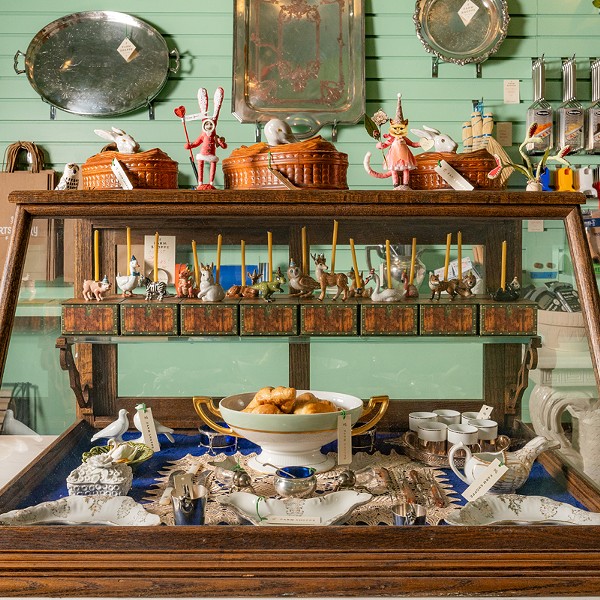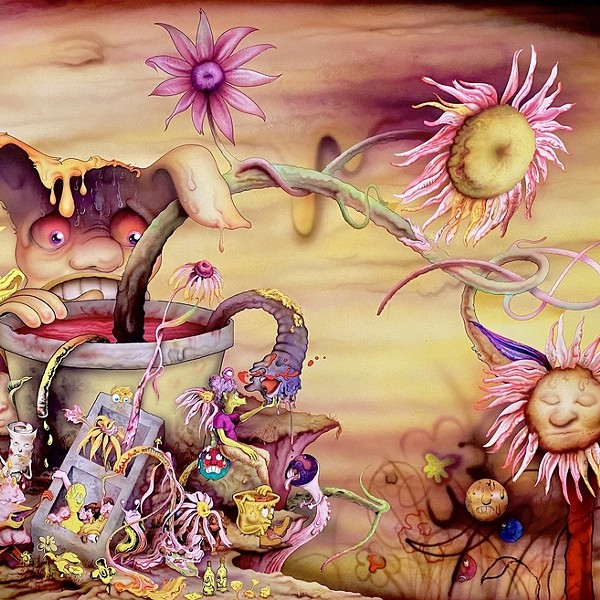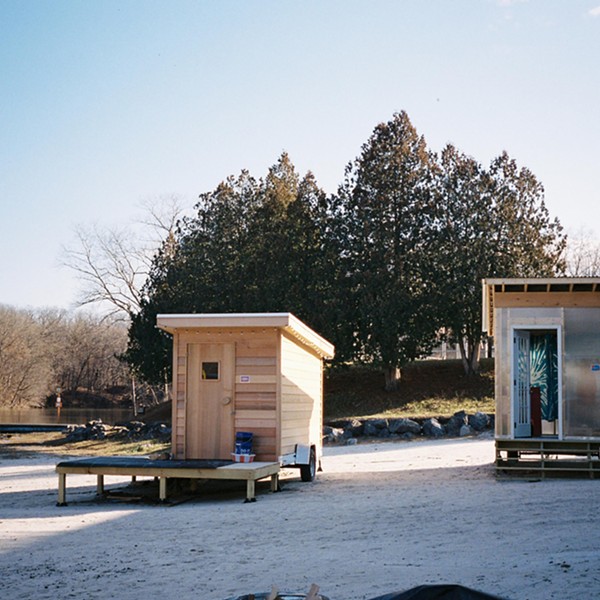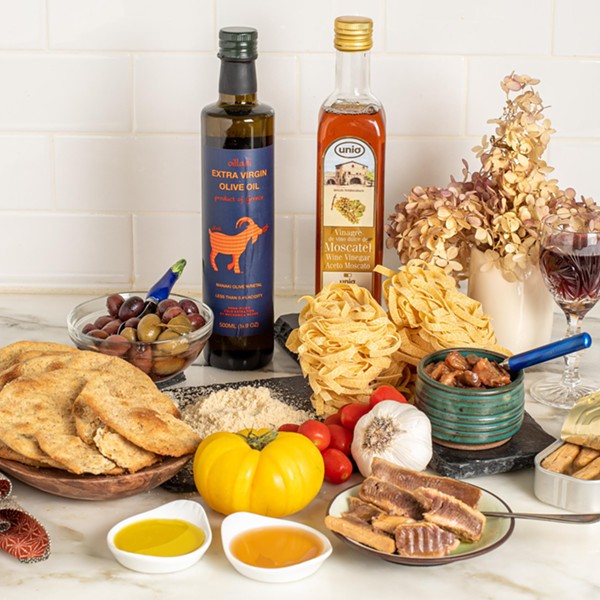The gently rolling hills of Columbia County are rightly famed for the agricultural bounty they produce. The pastured meat and poultry, vegetables, fruit, and cheese produced on area farms are world class.
And the flounder is pretty good too.
Many ocean fisheries are in serious peril as overfishing depletes stocks of popular species and pollution contaminates more and more seafood. Much of the world’s farmed fish is raised with little oversight, using methods and materials that harm wild species and the larger environment. To address this situation, a company called Local Ocean has recently begun shipping the first of their sustainably farmed ocean fish from a facility just outside of Hudson.
Local Ocean is licensed to grow six species of saltwater fish: sea bream (royal dorado), flounder, yellowtail, and three kinds of sea bass: black, white, and Mediterranean (branzino). Five of these species are in the water, and inside of a year, all six will be in full production. Sea bream and flounder are currently being sold to restaurants. Jonathan Eisenberg, vice president for corporate development, is emphatic: “This will be the next generation of salt water inland fish farming. We see ourselves as locally fresh, environmentally friendly, and sustainable.”
Local Ocean has just begun offering their sea bream at six capital region Price Choppers, where it is labeled as “locally fresh and sustainable” and sells for $9.99 per pound (a whole fish is about a pound).
Using the original patent for a closed-loop aquaculture system developed at Hebrew University in Israel, Local Ocean developed proprietary technological upgrades to the process so it can function at a commercial scale. And the scale is large: The former factory that houses phase one contains 55 large plastic tanks, each holding 2,850 gallons and teeming with fish. The system is particularly noteworthy because it produces no waste; municipal water is mixed with sea salt (from the Red Sea in Israel) and the water is continually cleaned by an innovative biofiltration system.
In an adjacent area, two large, open rectangular settling tanks, though full of dark, mucky water, are odorless. Colonies of algae and microbes digest the fish waste, and the result is filtered and returned to the tanks; the full volume of each tank is replaced two times per hour with clean water. Other than approximately 1 percent lost to evaporation, no water ever leaves the system and solid waste is consumed in the algae tanks. “We reproduce what happens in nature, which is very efficient,” Eisenberg says, explaining the complicated choreography involved in maintaining a balance between the populations of fish and the algae; it’s like two interdependent farms under one roof, and ensuring a steady output requires vigilant attention.
In about two months, Local Ocean will enter phase two: a more than fivefold increase in capacity as a brand-new facility behind the current one comes online. Since the new building—made from polycarbonate panels, and looking like a series of huge greenhouses—is custom built, it will be more efficient, using gravity to reduce pumping and passive solar to cut electricity consumption for lighting and heating. The huge volume of water will act as a massive heat reservoir, meaning that once up to temperature (70˚-73˚F) the water will heat the air, and since the water is recirculated no heat is lost in a waste stream. The new building houses 120 tanks, each holding 7,258 gallons, with below-grade settling ponds between each row of tanks. Heating such a large volume of water to Mediterranean temperatures does use a lot of energy, though, so the company is exploring ways to reduce consumption through increased efficiency, and is talking to NYSERDA about possibly adding solar, geothermal, and wind power technologies to further reduce the carbon footprint.
The large plastic tanks have a rotational current, created by the pipe delivering clean water near the top, and the fish swim in constant circles against the gentle flow. They are packed pretty tightly; the efficiencies of the system allow for much more intensive farming than conventional aquaculture. Within a year, their maximum capacity will be 1,000 tons of fish per year. Fingerlings come from a hatchery in New Hampshire, Great Bay Aquaculture, bought by Local Ocean two years ago to gain control of the entire process.
Fish spend the first several weeks in smaller tanks in a separate part of the building, quarantined from the main population, while they are observed and tested for any signs of illness. Water from the tanks is sampled daily, and a veterinarian makes biweekly visits in addition to the constant attention from staff biologists (a biologist is required to be present while any visitors are inside the quarantine area, and there are hand washing stations and bleach mats for shoes at every door). Improvements in the taste, size, and growth rate of the fish are made solely through breeding, not hormones; eggs are harvested from exemplary specimens and sent back to New Hampshire for fertilization and hatching. No prophylactic antibiotics are ever used, as in some other aquaculture systems; sick fish are isolated and treated.
















